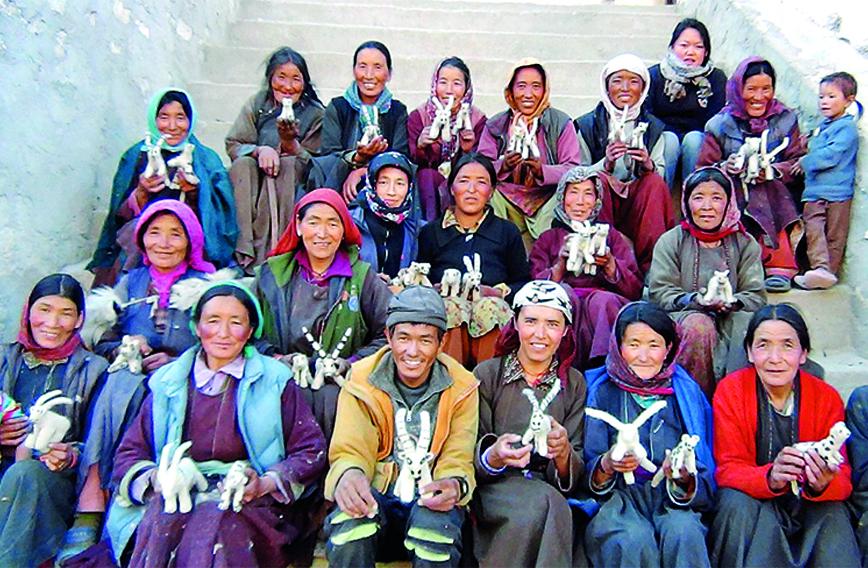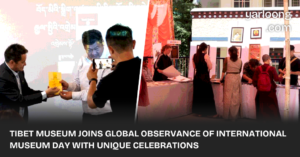
A recent study, as reported by Times of India on January 6, 2024, has found that the people of Ladakh share genetic links with India and Tibet, rather than China. Published in the international magazine ‘Research Reports’ in the US, the research reveals that Ladakh’s population is a genetic blend of 60% from India and Western Eurasia and 40% from Tibet.
The research team, including DNA sequencing experts from Banaras Hindu University’s (BHU) zoology department led by Prof Gyaneshwar Chaubey, archaeologists, and experts from Ladakh, conducted the study on 122 samples from the Bot tribe in central Ladakh. This study is significant as it provides the first forensic data from central Ladakh, potentially aiding future criminal or victim identification.
Prof Chaubey noted the unique biodiversity and long-term human occupation of Ladakh, which is situated at the intersection of South Asian, Central Asian, and East Asian geographic regions.
ALSO READ: Thermo Fisher Stops DNA Kit Sales in Tibet Amid Rights Concerns
“Ladakh is the highest inhabited region of India… It is largely unknown whether genetic and archaeological diversity in this region has been developed indigenously or resulted from gene flow from the abovementioned distinct geographic regions,” he stated.
The research team analyzed 24 mutations in human migrations to study the genetic relationships of the people of Central Ladakh with India, China, and Tibet. Urgyan Chorol, a research scholar under Prof Chaubey from Ladakh, added that Ladakh‘s genetic ties extend beyond Tibet to large areas of Nepal and Bhutan.
The study also clarifies that the genetic component of Ladakhis is distinct from that of the Chinese ancestry. The team included experts like Sachin Kumar Tiwari, Chandana Basu, Rahul Mishra, and others from BHU, along with local collaborators from Ladakh such as Padma Shri Dr Tsering Norbu, Dr Sonam Splanzin, and Dr Stanzen.
This groundbreaking research sheds light on the origins of Ladakh‘s first human settlers and their genetic connections, emphasizing the region’s rich and diverse heritage.






